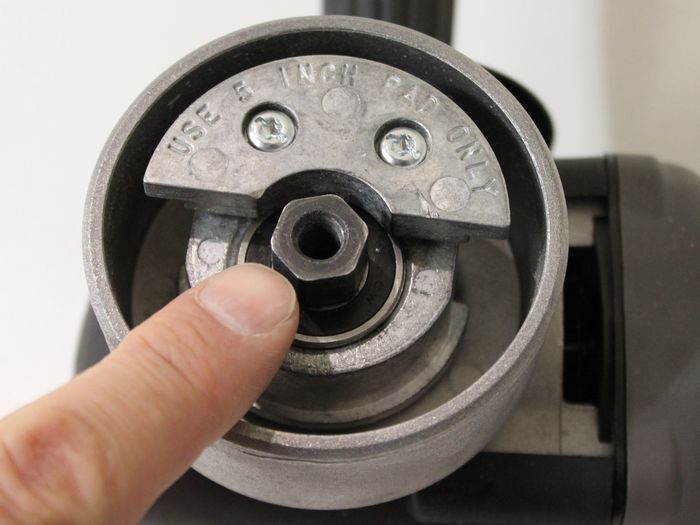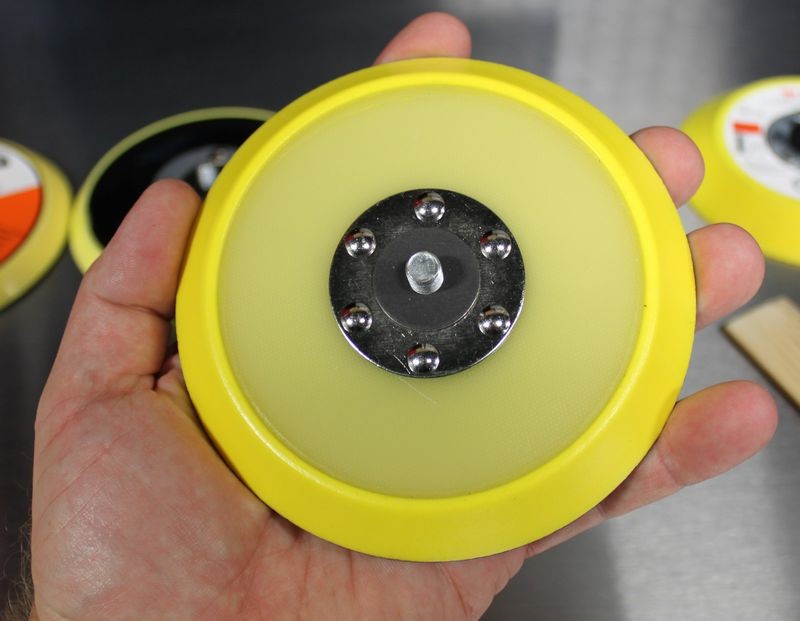Hello AGO members! My Name is Eric and this my first post.
After reading this forum for weeks I have decided to purchase the PC 7424xp to detail my new ride. I went with the PC as my cars are really well taken care of and I usually do not have issues with swirls being introduced by washing. My new car has some dealer induced marring that I tried to remove by hand but it did not work.
I received the unit yesterday and geared everything up for today. All seems fine for the first 10-20 minutes but I noticed what I think might be a problem.
While I was starting on a flat panel after about the forth section using 6 section passes, I noticed my pads started flinging product like crazy.
After a couple of attempts at cleaning the pads and reapplying light product I believe the Free Floating Spindle is not spinning correctly.
When I try to move the Spindle with the wrench its fairly tight and rough to spin. It will spin with force but it is very notchy. I figure it should be smooth as it rides inside a bearing. Also there is black grease seeping from the bearing.
Also if I apply light pressure to the DA on the paint the pad will flatten out the pad as if the pad was free spinning in the air. I can not seem to stop the pad in my hand as it would within the 1st 10 minutes of use. I think the bearing went to crap.
Can anyone with the 7424xp please run out and turn the spindle not the weight plate assembly by hand or with the wrench and tell me if there is excess force needed to spin the spindle, and if it feels smooth or notchy.
Again thank you AGO for helping me select my products as well my new equipment.
Eric
After reading this forum for weeks I have decided to purchase the PC 7424xp to detail my new ride. I went with the PC as my cars are really well taken care of and I usually do not have issues with swirls being introduced by washing. My new car has some dealer induced marring that I tried to remove by hand but it did not work.
I received the unit yesterday and geared everything up for today. All seems fine for the first 10-20 minutes but I noticed what I think might be a problem.
While I was starting on a flat panel after about the forth section using 6 section passes, I noticed my pads started flinging product like crazy.
After a couple of attempts at cleaning the pads and reapplying light product I believe the Free Floating Spindle is not spinning correctly.
When I try to move the Spindle with the wrench its fairly tight and rough to spin. It will spin with force but it is very notchy. I figure it should be smooth as it rides inside a bearing. Also there is black grease seeping from the bearing.
Also if I apply light pressure to the DA on the paint the pad will flatten out the pad as if the pad was free spinning in the air. I can not seem to stop the pad in my hand as it would within the 1st 10 minutes of use. I think the bearing went to crap.
Can anyone with the 7424xp please run out and turn the spindle not the weight plate assembly by hand or with the wrench and tell me if there is excess force needed to spin the spindle, and if it feels smooth or notchy.
Again thank you AGO for helping me select my products as well my new equipment.
Eric





